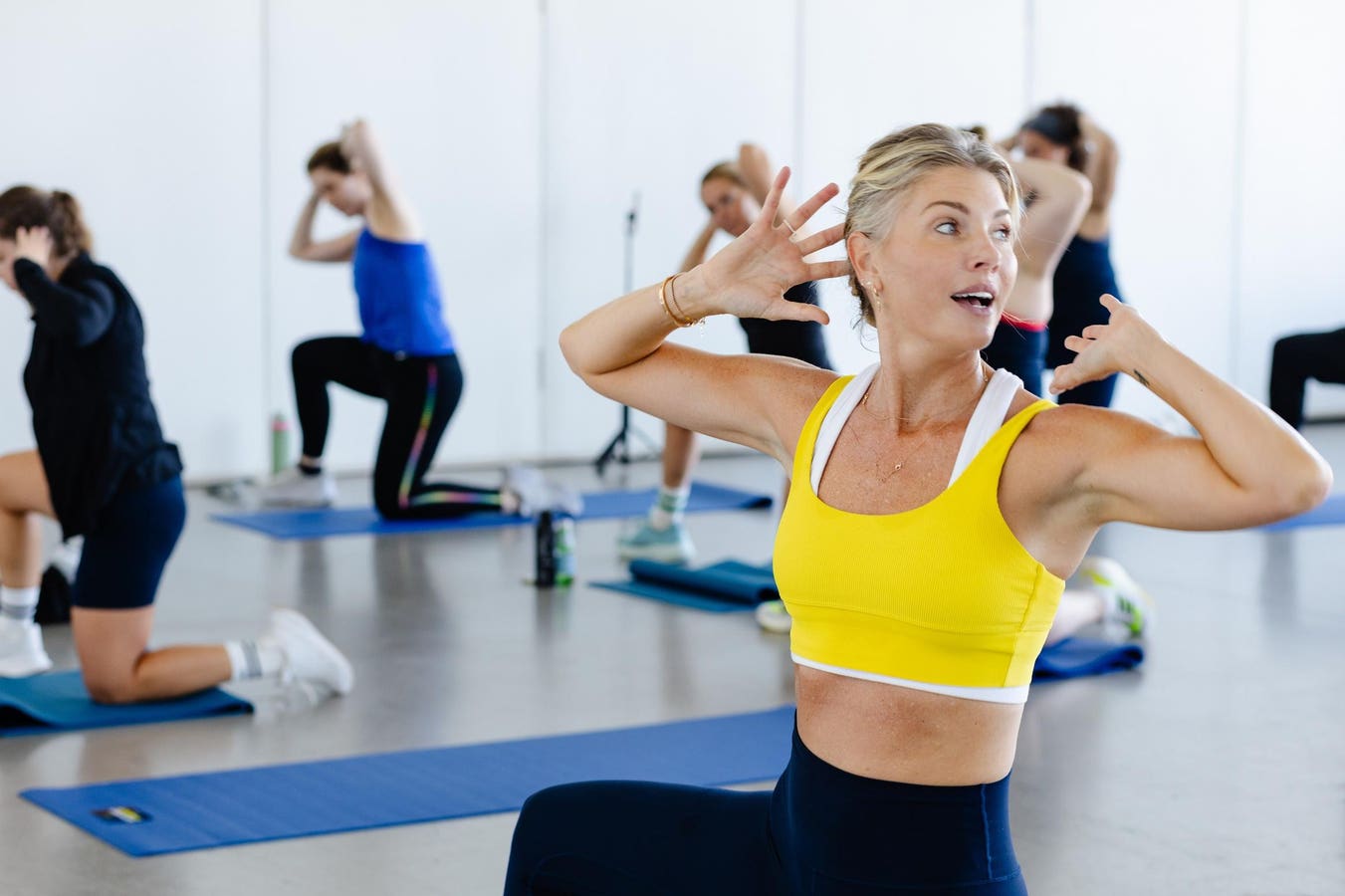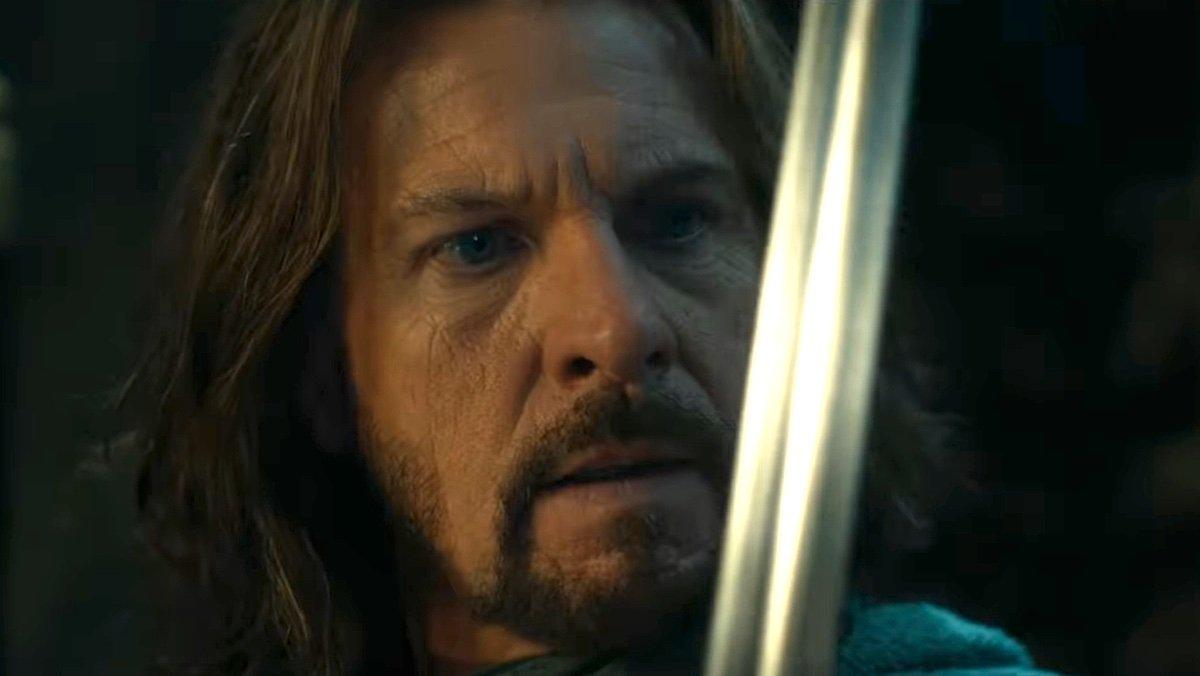Amanda Kloots, a dancer, fitness instructor and co-host of the TV show The Talk from 2021 to 2024, is now emphasizing the importance of listening your pain and making sure you that go through proper recovery. (Photo: GiGi Jackson, Lens of Her)
GiGi Jackson, Lens of Her
You could say that Amanda Kloots is on a recovery mission of sorts. The dancer, fitness instructor and co-host of the TV show The Talk from 2021 to 2024 certainly has a long history of go-go-go and pushing through pain. But her C-section in 2019 helped her see—pun intended—the importance of acknowledging pain and getting the appropriate amount of rest and recovery. And now she’s encouraging everyone to do the same—meaning shifting everybody’s mindset in the same way.
Kloots Urges You To Listen To Your Pain
Kloots has teamed up with Advil to launch The Strength Shift, a campaign to shift what is considered real strength. You’ve probably heard phrases like “no pain, no gain” and “fight through the pain” that have portrayed strength as the ability to put up with stuff and push through pain. But Kloots pointed out the weaknesses in such a portrayal of strength, especially when the pain is real physical pain by saying: “Strength should be more about acknowledging the pain, and shifting whatever you are doing.”
Yep, Kloots talked a lot of shifts during our recent conversation in New York City. She related to me that this was only a relatively recent shift in her view of recovery. “It wasn’t until the last couple of years that I have taken stock of my body and when I need I to pay attention and not push through pain,” she said. “The shift started during my recovery from the C-section.”
A C-section stands for Cesarean section, which is a surgical procedure that involves making an incision in a pregnant mother’s abdomen and uterus in order to take out the baby. It’s an alternative way to deliver a baby when going through the vaginal canal is either risky or not possible. Taking the baby out that way can really take a lot more out of you because it is, after all, surgery. And as the saying goes, the only minor surgery is on someone else. Kloots continued by saying, “It was the first surgery I ever had, the first time I was forced to not work out for six weeks, the first time I took stock in how I have to rest and recover.”
Pain exists not just to be a pain but as part of your body’s warning system. When something is amiss in your body like inflammation, torn tissue or a broken bone, that triggers pain receptors that send nerve signals to your brain, giving you the sensation of pain. Remember pain is trying to tell your brain, “Yeah, you might want to pay attention to this.” Without the benefit of pain, you could, for example, go around with something like an axe in your back and not even notice it. Therefore, when you have pain, the answer isn’t keep doing what you are doing, especially if what you are doing is causing or even worsening the pain.
“Your body will often tell you when something’s wrong,” said Kloots. “You can end up ignoring a lot of things in tour body. We all do.” She added, “The key is acknowledging these things. This includes not only pain but how your skin is reacting, how much energy you have and how you are sleeping.”
Kloots Emphasizes The Need For Recovery
Pain and various other signs can be clues that you are not factoring enough recovery into that whole stress-and-recovery cycle that’s part of getting stronger. Training does involve applying different stresses to your body such as lifting weights, moving your body parts and increasing your breathing and heart rates. But constantly doing this would be sort of like running the dishwasher constantly. At some point, without clean breaks for rest and recovery, your body is gonna break down.
In fact, recovery is a big part of getting stronger. Take weight lifting for example. When you lift that heavy barbell up and down, you can create micro-tears in your muscles. These tears can contribute to the soreness that you feel after a workout but are too small to impair the functioning of your muscles in the longer run. The key is when these micro-tears have time to heal, your muscles can end up growing in strength and perhaps even size in the process.
The same applies to your mind. Kloots emphasized that people often overlook the mental stress of training and the need for mental recovery as well. Doing the exact same type of training each and every day without adequate rest in between can lead you to feel, “Oh no, not that bleeping thing again” and eventually burn the bleep out.
That’s why proper mind and body recovery is a necessary part of training. That means not only rest but other “Rs” like rejuvenation, rehydration, refueling through proper nutrition, repair of what’s been damaged, re-synthesis of the proteins and other body components needed, reduction of inflammation and restoration to a balanced state, otherwise known as homeostasis. Without all of these Rs regularly, your mind and body could go arrrrgh.
Kloots Offers Tips On Recovery
Kloots has also worked with Advil to develop a resilience-building workout as part of The Strength Shift campaign. (Photo: GiGi Jackson, Lens of Her)
GiGi Jackson, Lens of Her
One way to enforce recovery is to regularly schedule rest days eahc week. “I try to give myself one day off a week, usually Sundays,” Kloots related. “That’s my day with my son. It allows my muscles to recover. I also may do things like a sauna or a cold plunge.”
She also suggested shifting your mindset of what constitutes recovery. “People can be fearful of acknowledging pain because they think it means that they have to stop doing what they do,” Kloots explained. “But it doesn’t necessarily mean that. You can work other parts of the body, keep moving and stay active.”
Kloots gave the example of her recently suffering a shoulder injury from boxing. She took anti-inflammatories to target the pain and inflammation. “Meanwhile, I did what I could do to keep moving my body, such as lower body exercises,” she recalled. “I acknowledged and treated my pain and built my strength around it.”
This is one of the reasons why Kloots physical activity remains so varied. It includes tennis, boxing, dance, jump roping and other types of cardio. “I do different things in different parts of the day,” Kloots related. She’s also worked with Advil to develop a resilience-building workout as part of The Strength Shift. She demoed this workout, which includes different stretches, versions of planking, jumping jacks and squats, all designed to be low impact but strength-building with some cardio. I was even able to get through the workout even though I ironically had suffered a back injury from, yes, boxing two days prior. This workout is now available at the Tone House.
Kloots Recommends A Shift In Mindset
Kloots also recommended a shift in mindset so that you have more gratitude for what your body can do. You can view the ability to work out as a gift that is not necessarily guaranteed. “It used to be 10 years ago was that a good workout was at least three hours,” she explained. “My whole mindset has shifted. Now, post-COVID, I am 43 and so grateful for the strength in my body.”
Kloots warned that it can be tough to have this mindset. It can be easy to be distracted by “work life and stress, being on our phones and the day to day clutter. It can take over our focus,” Kloots remarked. “It can be hard to block all that out. You can always be in survival mode, fight or flight.” And being in survival mode all the time is not good, as I explained when covering in Forbes my recent conversation with Deepak Chopra, MD. She in her words.
This doesn’t mean that Kloots isn’t still super active and doesn’t keep adding things to her extensive plate. In addition to the aforementioned stuff, she just launched a supplement company called Proper Health in January 2025. And this coming January she’ll be in a reality TV show. So shifting your mindset more towards recovery doesn’t necessarily mean accomplishing less. Amanda Kloots is showing how having all that shift going on can help you still do a whole lot of stuff.









